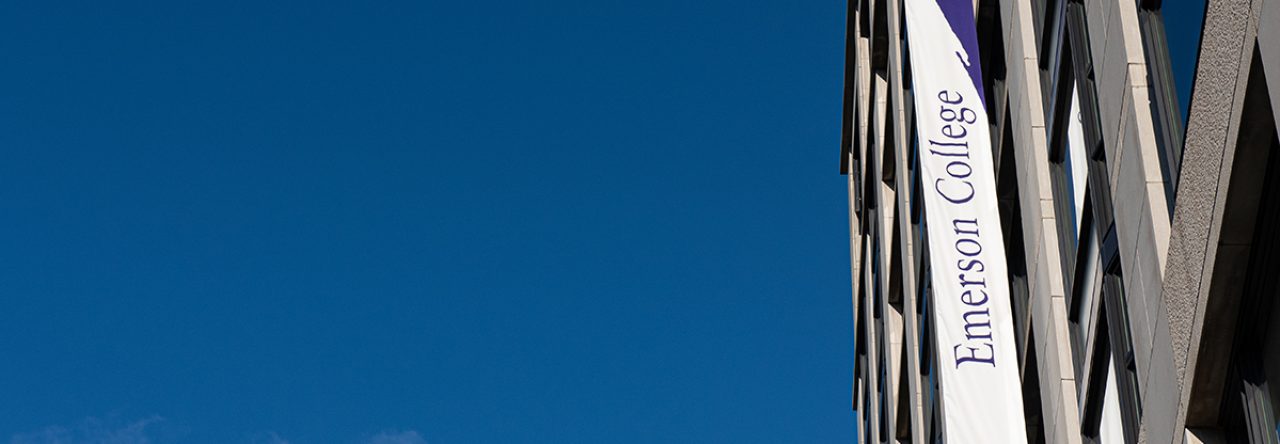CFR 200 (Uniform Guidance for Federal Financial Assistance): Final Revisions Effective October 1, 2024
The Office of Management and Budget has announced revisions to the Uniform Guidance (2 CFR 200) that are the most substantial since its creation in 2013. The Biden-Harris Administration announced…
